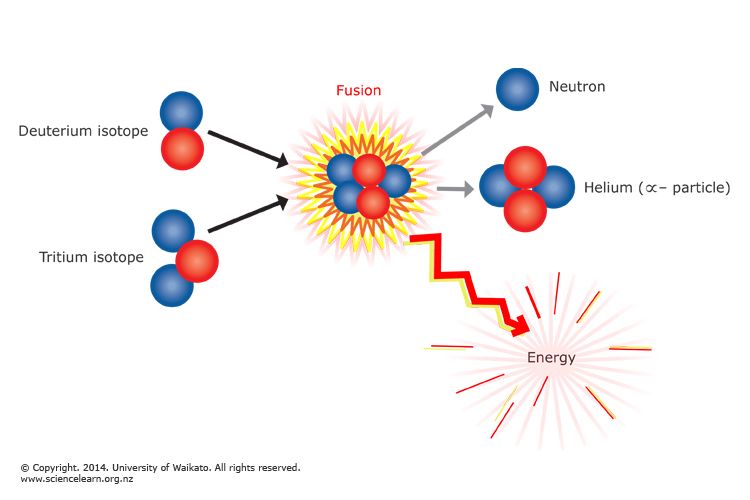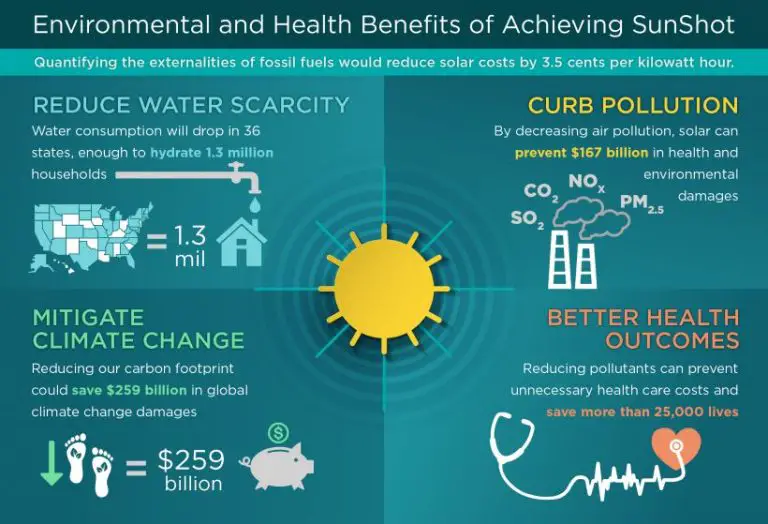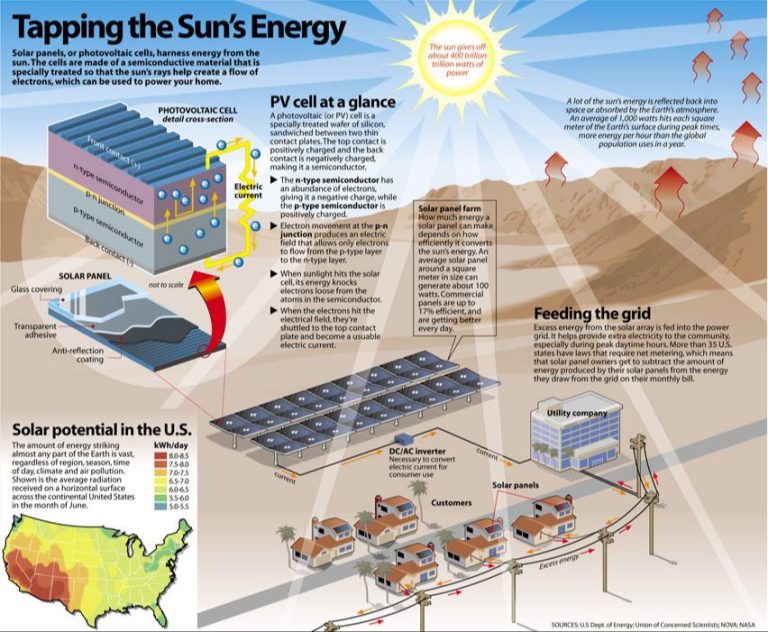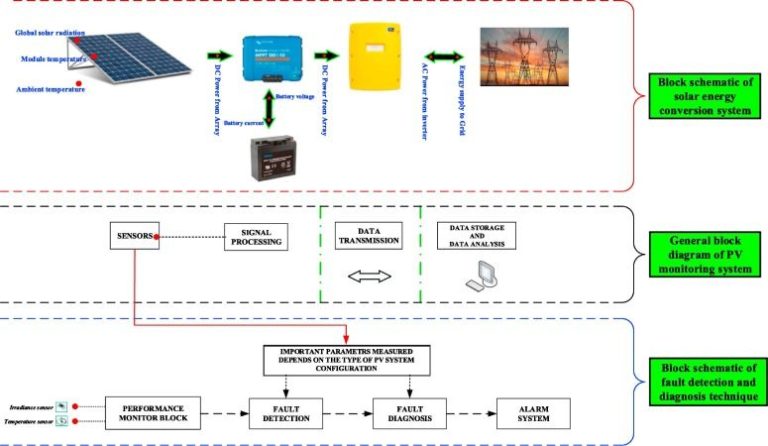What Is The Fuel Source Of The Sun?
The sun is the heart of our solar system and the source of nearly all energy on Earth. Without the warming rays of the sun, life as we know it could not exist. Understanding what makes the sun shine has been a fundamental question in astronomy for centuries. The concept of nuclear fusion, the process by which lighter atomic nuclei fuse to form heavier nuclei and release enormous amounts of energy in the process, is key to unraveling the mystery of the sun’s fuel source.
In this article, we will explore what the sun is made of, how nuclear fusion powers the sun, the specific fusion reactions that produce sunlight, and how long these processes can sustain the sun. Grasping the sun’s nuclear fusion engine gives us insight into the past, present, and future of our nearest star and its profound impacts on Earth.
What Stars Are Made Of
Stars, including our Sun, are incredibly massive spheres made up of various gases and plasma. Their composition is overwhelmingly hydrogen and helium, with trace amounts of heavier elements. Specifically, the Sun is composed of approximately 73% hydrogen, 25% helium and 2% other elements like oxygen, carbon, neon and iron. This gas exists under such immense pressure that it actually behaves like a plasma, making stars extremely hot.
The intense pressure in the core of stars is caused by the huge gravitational forces acting on these giant gaseous bodies. This pressure causes hydrogen atoms to fuse together and release energy, which counteracts the inward gravitational pull, creating a stable balance. So while stars appear to be made up of tangible matter, they are actually just incredibly hot and dense collections of gas behaving like plasma.
Nuclear Fusion
Nuclear fusion is the process that powers stars like our sun. It involves light atomic nuclei fusing together to form heavier nuclei, releasing an enormous amount of energy in the process. Inside the extremely hot core of the sun, hydrogen nuclei are pushed together at tremendous speeds and temperatures to overcome their natural repulsion and fuse into helium. This fusion reaction converts mass into energy as described by Einstein’s famous equation E=mc2.
Specifically, the sun converts hydrogen into helium through a chain of fusion reactions known as the proton-proton chain. This chain involves three main steps:
- Two protons (hydrogen nuclei) fuse together to form a deuterium nucleus (hydrogen with one neutron), releasing a positron and a neutrino.
- A proton fuses with the deuterium nucleus to form a helium-3 nucleus (two protons with one neutron), releasing gamma ray photons.
- Two helium-3 nuclei fuse together to form a helium-4 nucleus (two protons and two neutrons), releasing two protons.
Each fusion step releases tremendous energy which counteracts the crushing force of the sun’s gravity. This ongoing fusion process in the core is why the sun continues to shine today after billions of years.
The Proton-Proton Chain
The proton-proton chain is the dominant fusion process that powers stars like our sun. It describes a series of nuclear reactions that convert hydrogen into helium, releasing energy in the process.
This chain begins when two protons (hydrogen nuclei) fuse together, producing a deuterium nucleus (hydrogen isotope), a positron, and a neutrino. The deuterium then fuses with another proton, creating a light isotope of helium. Two of these helium isotopes can then fuse, forming a regular helium nucleus and releasing two protons.
The proton-proton chain accounts for around 86% of the sun’s energy production. Each fusion reaction releases energy due to the conversion of mass into energy as described by Einstein’s famous equation E=mc2. The cumulative effect of these reactions occurring constantly within the sun’s core is what generates its enormous radiant energy output.
The conditions needed for the proton-proton chain occur only in the extremely hot, dense core of stars like our sun. It requires temperatures over 10 million Kelvin to overcome the electromagnetic repulsion between protons. This explains why the proton-proton chain powers main sequence stars but not smaller objects like planets.
Helium Fusion
As a star ages and hydrogen fuel starts to run low in its core, the star begins fusing helium into carbon and oxygen. This process, known as the triple-alpha process, requires three helium-4 nuclei to collide and fuse into one carbon-12 nucleus.
The temperature required for helium fusion is around 100 million degrees Celsius, much hotter than the 15 million degrees needed for hydrogen fusion. Only the most massive stars, about eight times the sun’s mass or larger, are capable of reaching these extreme core temperatures to ignite helium fusion.
Lower mass stars like our sun cannot achieve the core temperature needed to fuse helium. Instead, once the hydrogen fuel runs out, their cores will start to contract and heat up, causing the outer layers to expand into red giant stars. Eventually, with no nuclear fusion providing outward pressure to counteract gravity, the cores of these lower mass stars collapse down into white dwarfs.
Why The Sun Shines
The sun shines because of the nuclear fusion reactions occurring at its core. Stars are essentially giant balls of hydrogen and helium gas. In the high temperatures and pressures in the sun’s core, hydrogen nuclei can get close enough to fuse together through a series of nuclear fusion reactions.
The main fusion process in the sun is the proton-proton chain reaction. This is when two protons (hydrogen nuclei) collide and fuse together to form a deuterium nucleus. The deuterium then reacts with another proton to form a light isotope of helium. This helium-3 nucleus goes on to fuse with another helium-3 nucleus to form a regular helium-4 atom. Some helium-3 may also fuse directly with a proton to make helium-4.
In each step of these fusion reactions, a small amount of mass is converted into energy, following Einstein’s famous equation E=mc2. This energy powers the sun and allows it to shine brightly. The protons originated in the hydrogen gas, but through fusion they are gradually converted into more helium over the sun’s lifetime. It is this nuclear fusion process, turning hydrogen into helium, that releases the energy radiating from the sun in the form of heat and light.
The Sun’s Lifespan
The sun has been shining for about 4.6 billion years and will continue to shine for about another 5 billion years. The sun’s lifespan is determined by the amount of hydrogen fuel it has to fuse into helium.
Currently the sun converts about 600 million tons of hydrogen into helium every second. This nuclear fusion reaction is what produces the sun’s heat and light. The sun contains enough hydrogen to allow this process to continue for approximately 10 billion years total.
In about 5 billion years, the hydrogen fuel in the sun’s core will begin to run out. At that point, the sun will start fusing helium into heavier elements like carbon and oxygen. When the helium runs out, the sun will begin to swell into a red giant star, expanding past the orbit of Earth and potentially engulfing it.
Eventually the sun will shed its outer layers as a planetary nebula and the core will cool into a white dwarf. As a white dwarf, the remnant of the sun will slowly fade over trillions of years. So in about 5 billion years, the sun will end its life as a main sequence star, but continue to exist in some form for much longer after that.
Impact on Earth
The lifespan of the sun will have a significant impact on the Earth. As the sun continues to fuse hydrogen into helium in its core, it will gradually grow brighter and hotter over billions of years. This will cause the temperature on Earth to rise, potentially harming life. In about 1 billion years, scientists estimate the sun will be 10% brighter than it is today, causing Earth’s oceans to evaporate.
In 5 billion years, when the sun becomes a red giant star, it will likely grow large enough to engulf and destroy the Earth completely. Even before that, rising temperatures may make Earth uninhabitable in just 2-3 billion years from now. So the lifespan of our sun is directly tied to the habitable lifespan of our planet.
Understanding the sun’s lifespan gives us insight into how long Earth will remain hospitable for life. It emphasizes the need to find ways to better protect Earth’s climate and ecosystem. And looking even further ahead, it highlights the importance of space exploration and finding ways that humanity could migrate to other planets after Earth is no longer inhabitable.
Key Takeaways
The sun generates energy through the process of nuclear fusion at its core. The main sequence of fusion reactions that power the sun are the proton-proton chain and the carbon-nitrogen-oxygen cycle. These reactions fuse hydrogen into helium, converting mass into energy and creating sunlight in the process.
The proton-proton chain accounts for over 99% of the sun’s energy production. It starts with two protons (hydrogen nuclei) fusing into a deuterium nucleus, releasing a positron and a neutrino in the process. The deuterium then fuses with another proton to form Helium-3, and two Helium-3 nuclei fuse into Helium-4 while releasing two protons.
The carbon-nitrogen-oxygen cycle makes up the remaining 1% of fusion reactions in the sun. It starts with carbon fusing with a proton to form nitrogen, which then fuses with another proton to make oxygen. The oxygen then fuses with another proton to produce fluorine, which in turn fuses with yet another proton to start the cycle again.
This constant fusion of hydrogen into helium provides the fuel that allows the sun to shine. It will continue doing so for billions of years until its core hydrogen is depleted and it transitions into a red giant star.
Conclusion
The sun is the center of our solar system and the source of nearly all energy on Earth. Through the process of nuclear fusion at its core, the sun converts hydrogen into helium, releasing enormous amounts of energy in the form of heat and light. This solar energy powers life on our planet and makes nearly every ecosystem on Earth possible. Understanding the complex nuclear reactions that drive the sun helps us appreciate how precious and fragile our home planet is. Our sun’s steady supply of energy has allowed life to evolve over billions of years. Yet this life-giving star will not burn forever. In about 5 billion years, the sun will run out of hydrogen fuel and begin to die. But there is no need for immediate concern – humanity has plenty of time to find a new home among the stars. For now, we can marvel at the forces of nuclear fusion that power our magnificent solar parent and be grateful for the heat and light it provides.






